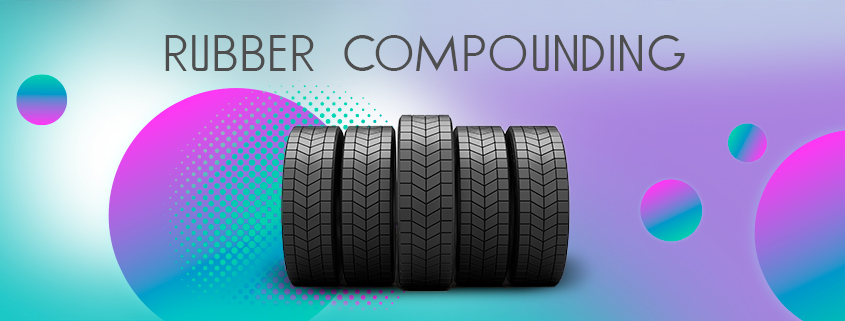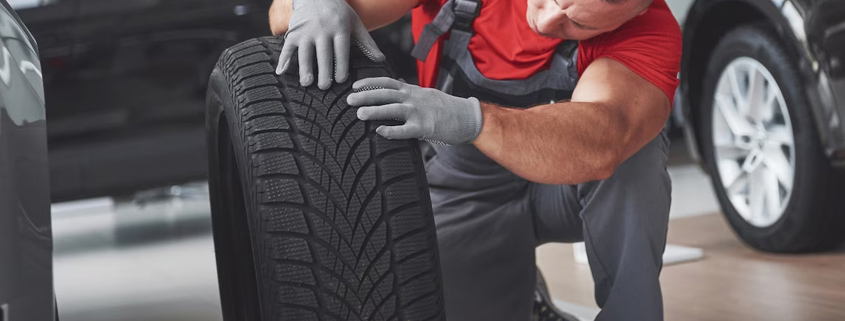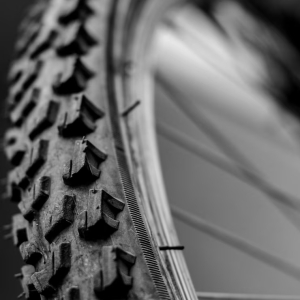Knowing the Principles of car tire maintenance in different seasons of the year will help you prevent damage to the car tires. What are the principles of car tire maintenance which should be considered? It is good to know that different types of tires are produced and supplied, some of which are a good option for winter and others for summer. Tires used in winter are different from tires used in summer.
In this article, we want to talk to you about the principles of tire maintenance, so if you are curious about tire maintenance, the history of tire production and its types, stay with us.
The history of rubber production from the beginning until now
Rubber is one of the most important products found in rainforests. The native inhabitants of these forests used this substance for a long time. Rubber showed its first scientific application in the industrial world to the world in 1839. At that time, a person named Charles Goodyear accidentally put rubber and sulfur into a gas stove, and the result of this action was an elastic leather-like material. Later, vulcanization turned a refined version of this process into an essential product of industrial life.
With the invention of rubber in the 19th century, the market for rubber production flourished. Most of the small towns became commercial centers as the demand for this product increased. John Dunlop produced the first commercially successful bicycle tire in 1889. Later, the first automobile tire was produced in 1906. Progress and World War II showed the vulnerability of rubber to users and manufacturers. This issue led to the beginning of the effort to make durable and longer-lasting tires. Chemists in the world were trying to invent a synthetic version of rubber, which later became known as synthetic rubber. First, the Russians produced a synthetic rubber which is called polybutadiene. 20 years later, the Germans made a commercial rubber called styrene butadiene copolymer, and gradually other synthetic rubbers entered the market.
In recent years, thermoplastic elastomers were invented. These materials act like rubber, but soften like plastic when exposed to heat. All these inventions had a significant impact on the rubber industry. Natural rubber probably makes up one third of all rubber production in today’s world.
What is rubber?
As we said, rubber is an elastic material that is obtained from the secretions of some tropical plants (natural rubber) or as a result of derivation of oil and natural gas (synthetic rubber).
Rubber is one of the main materials of tires used in automobiles, airplanes, and bicycles due to its elasticity and toughness. More than half of all rubber production is used in car tires, and the rest is used in bases, washers, belts and hoses, as well as consumer products such as shoes, clothing, furniture and toys.
Investigation of tire types
In the following article, we will examine the types of tires and the principles of car tire maintenance in different seasons of the year. There are different types of tires that are classified according to their use in the following groups:
Tires all season
- Tour tires
- Performance tires
- Summer tires
- Track and race
Suitable tires for trucks and SUVs
- Highway tires
- All-terrain tires
- Mud terrain
- All-purpose or trail tires
- Ribbed tires
- Sports truck tires
Special types of tires
- Winter tires
- Temporary tires
- Trailer tires
- ATV/UTV tires
- Lawn and garden tires
As you have observed, the need to have suitable tires for different uses has led to the production of different types of tires.
Why is tire maintenance important?
Tires are the only thing that connects the vehicle to the road. Without interaction between the tire and the road, the vehicle cannot be safely controlled. Unfortunately, most people don’t think about the importance of tire maintenance until something catastrophic happens. Tire maintenance is essential to keep your vehicle safe on the road. Frequent checks and careful maintenance of tires will help you avoid many dangers.
Tire care not only makes your vehicle safer to use, but also keeps your vehicle performing to its intended specifications. Tire maintenance can help reduce car fuel consumption and increase car efficiency.
Methods of maintaining tires in different seasons
Compliance with the principles of tire maintenance increases tire life and safety. For this reason, we will tell you some tips for training on tire maintenance in this section of the article. First of all, it is better to know that the methods of maintaining tires from different seasons have differences and it is better to pay special attention to the following points about each of them.
- Visual investigation and maintenance methods of tires
A visual inspection is the easiest thing you can do when it comes to tire repair. A successful visual inspection involves knowing a few things. You need to know exactly what to look for when checking tires. This means that tire problems should be checked carefully.
Cracks and missing pieces are the most obvious tire problems. Continuous exposure to ultraviolet rays and increasing the life of rubber naturally cause changes in its structure and resistance. Therefore, it is recommended to change the tires after 5-6 years.
The presence of bubbles in the tire is one of the other things that can be detected by visual inspection. Bubbles form for a variety of reasons. If you see a bubble on the car tire, you should replace it without delay.
- Tread investigation
Investigation of treads is one of the principles of maintaining tires in different seasons. You should check the depth of the tread and its appearance. Each tire depends on its tread for better adhesion to its underlying surface, and the tread provides better interaction in a wet and sharper direction on dry roads. The right tread pattern can help to save your car fuel.
Tire treads wear out over time and the importance of frequent investigation of tread depth becomes more important here. Tread depth is usually measured at 32 inches, and most new tires come with at least 10.32 inches of tread. Looking at the inner tread wear indicator on the tire is the quickest way to check tread depth. The more worn the tread, the more visible the indicator. Once the tread is the same level with the indicator, the tire is no longer safe to use.
- Balance and rotation
Every corner of your vehicle has slight differences in the geometry of the suspension system and various levels of component wear and tear. As a result, tires wear differently depending on where they are installed. In order to experience the same wear in the tires, you should rotate them to a different corner of your vehicle. This is what a qualified technician will do as part of your tire rotation service. So be sure to show your car tires to a qualified technician every once in a while.
Requirement of knowledge about the principles of car tire maintenance
The principles of rubber maintenance, like other principles of maintaining other products, are included in the category of things that must be followed. By observing these principles, in addition to safety, you can increase the lifespan of tires. Karya Polymer is one of the producers of the embossed film. These films are very useful as a separating layer in the rubber and tire industry. https://karyapolymer.com/Karya polymer embossed films cause uniform cutting of rubber sheets and make tire and tire production processes easier. Karya Polymer will definitely answer your questions if you need more information about embossed films. So stay in touch with us.




 The best tire brands in the world and Iran
The best tire brands in the world and Iran
Leave a Reply
Want to join the discussion?Feel free to contribute!